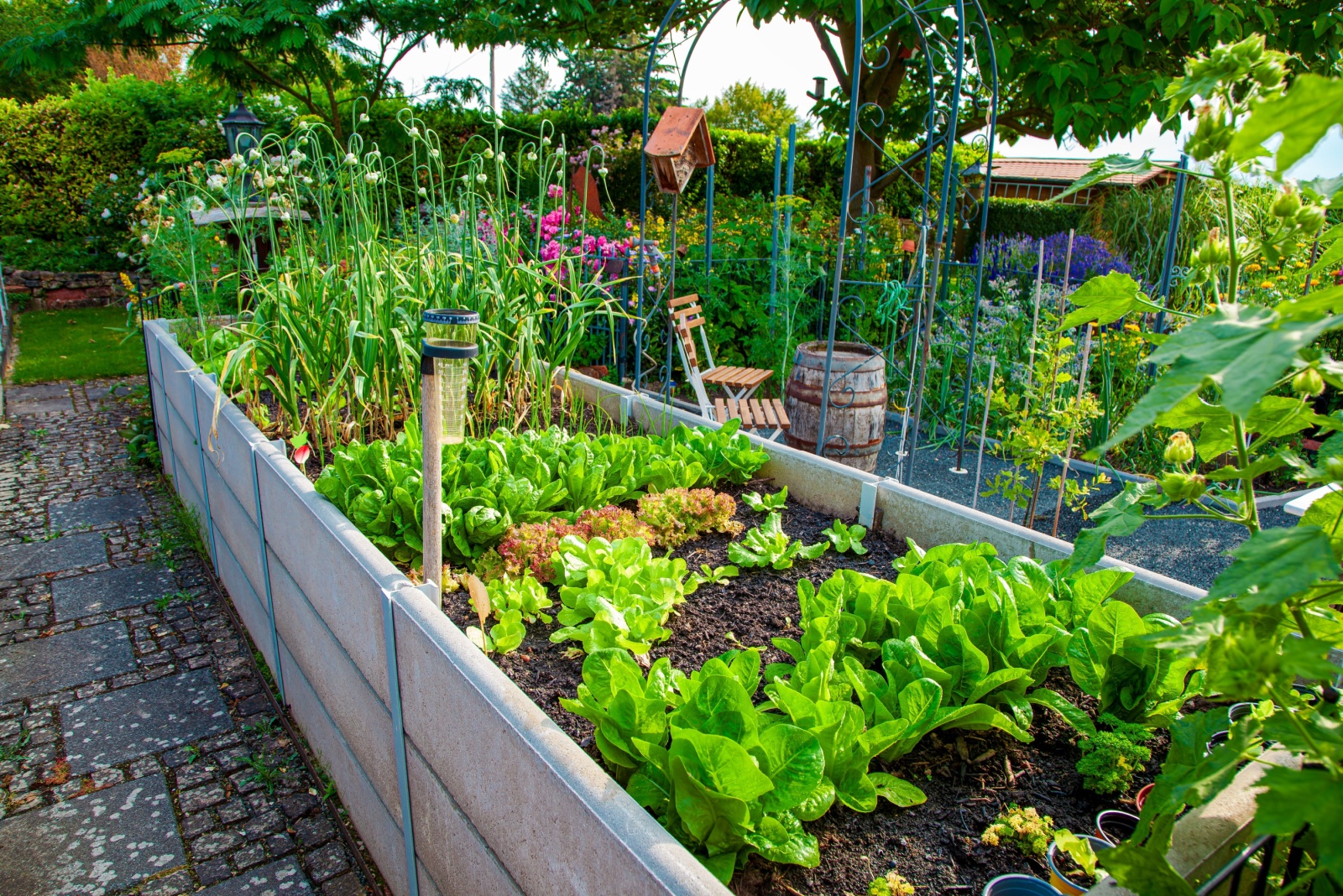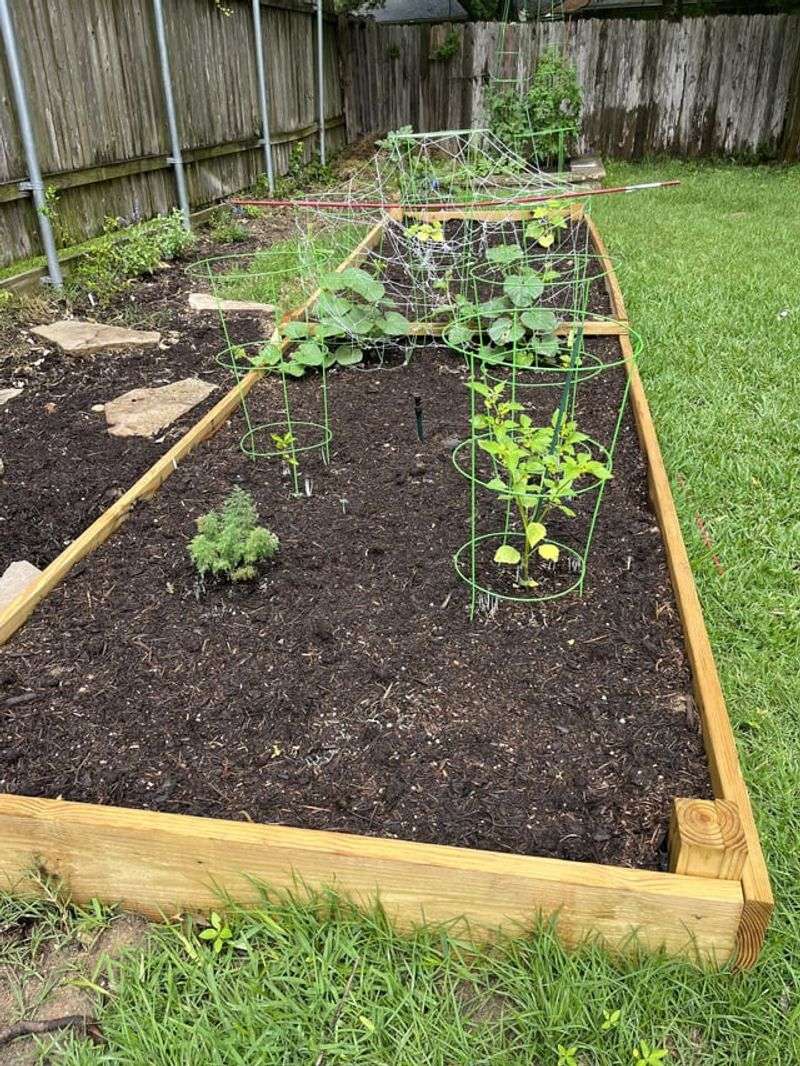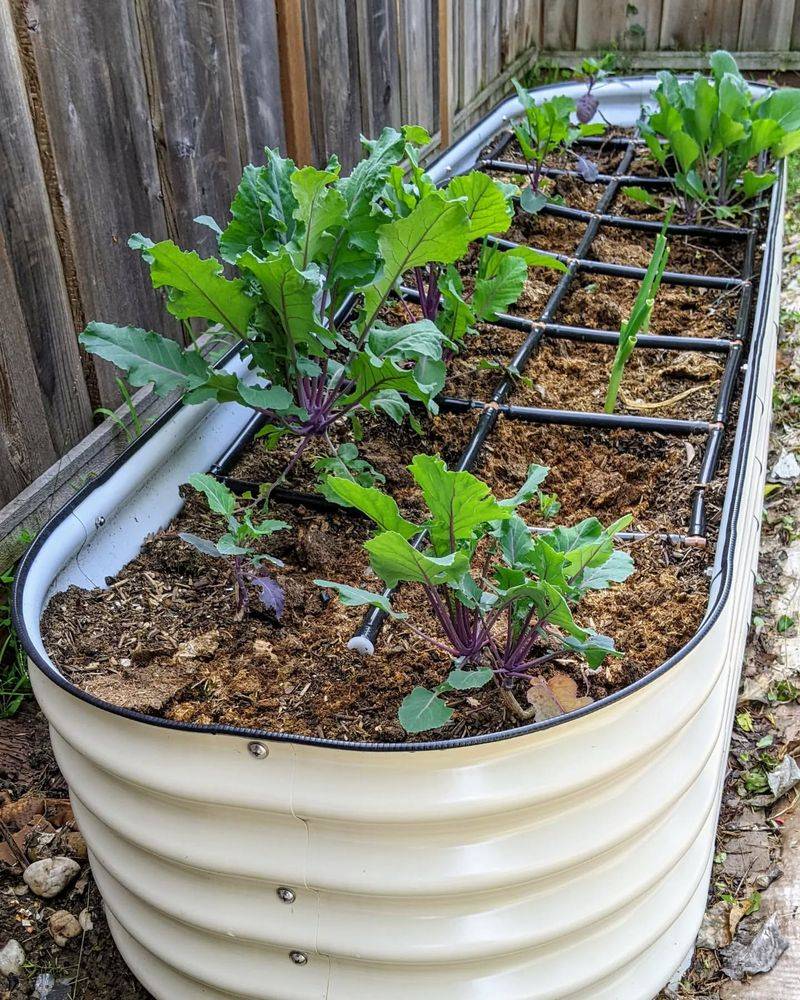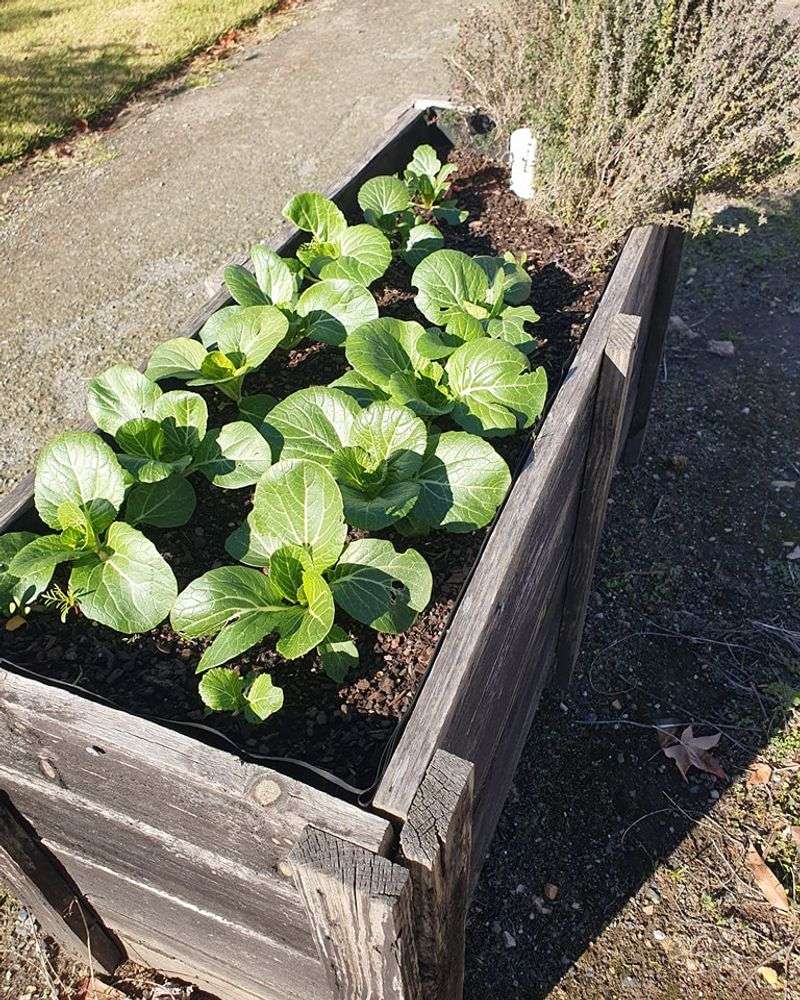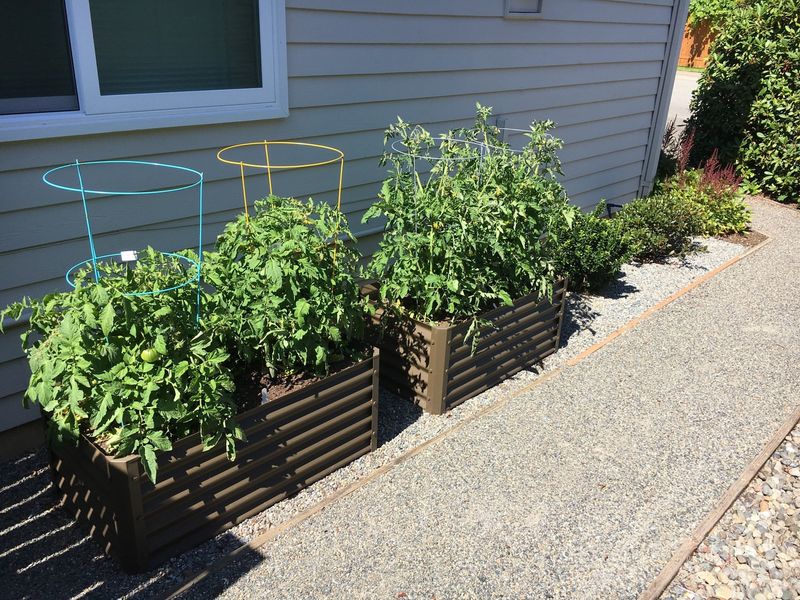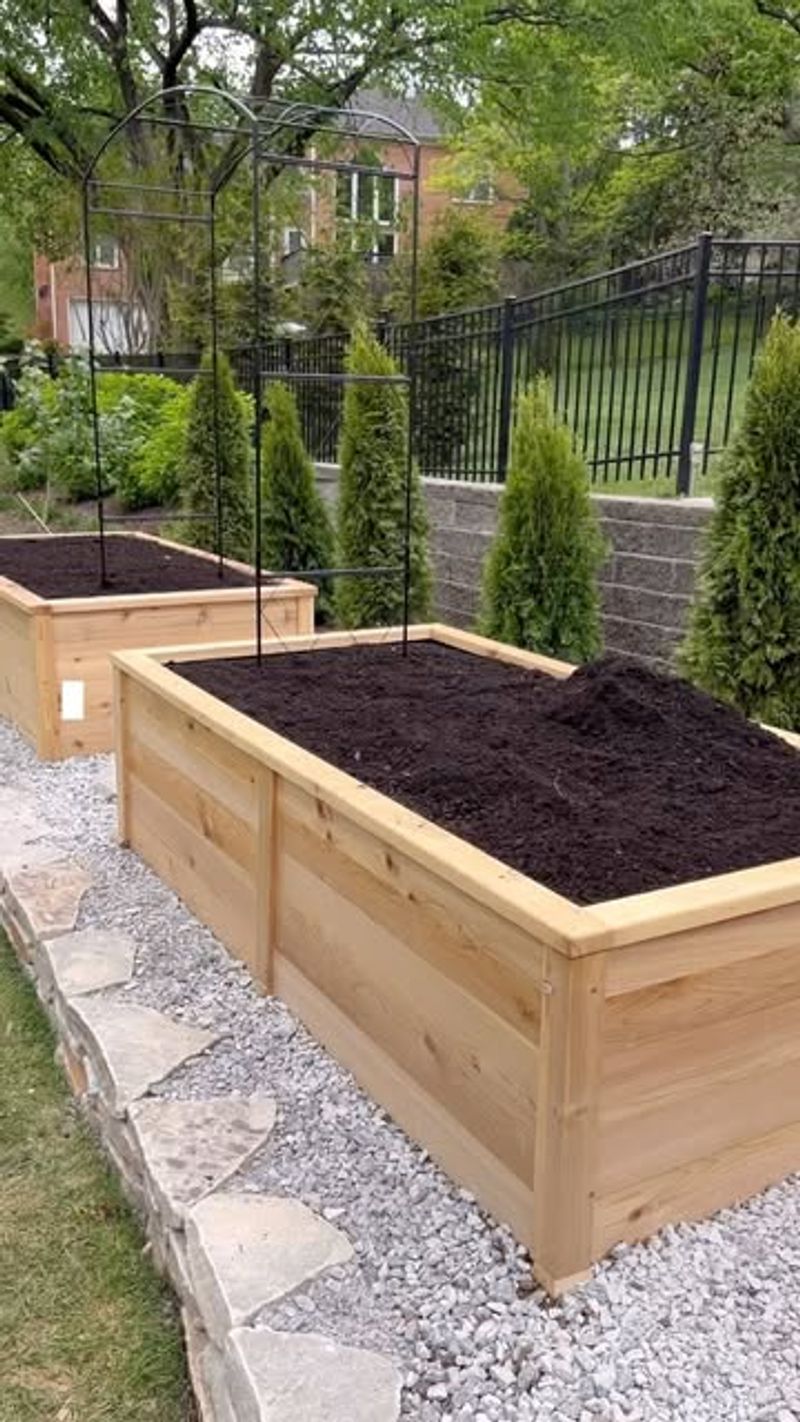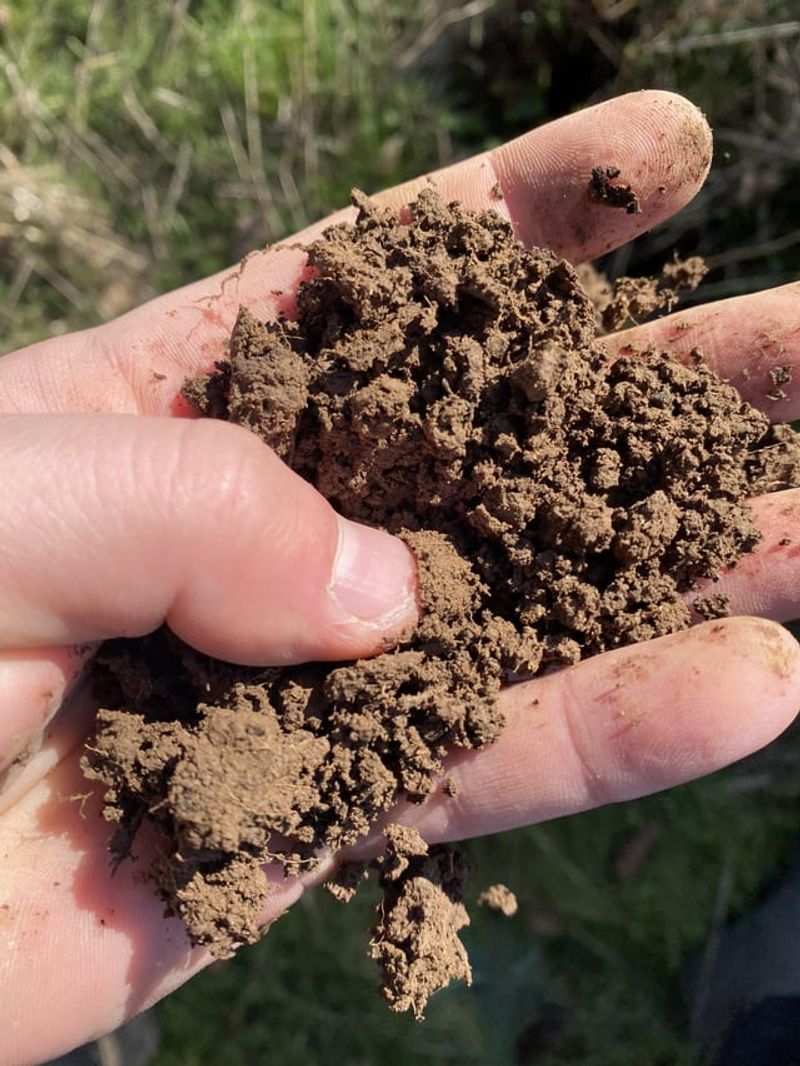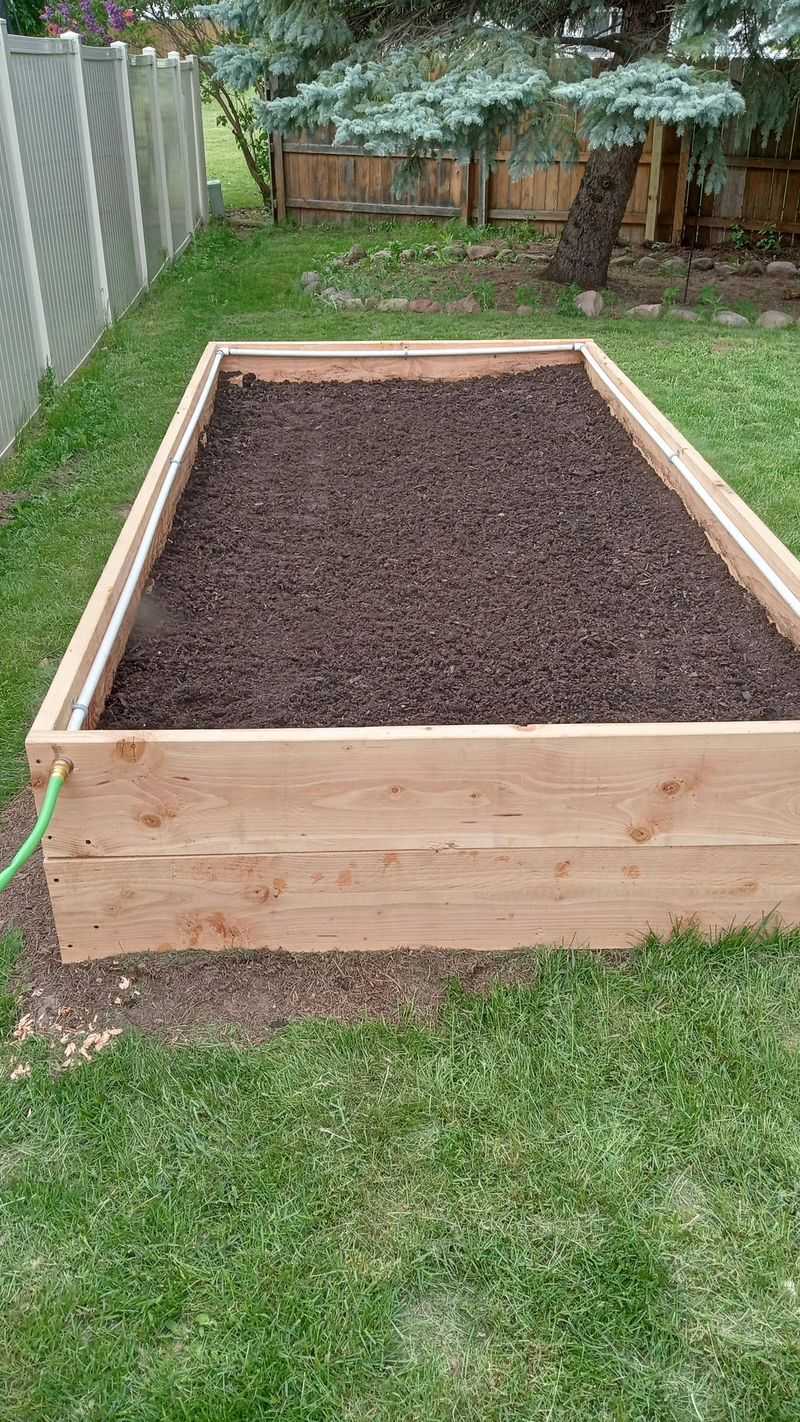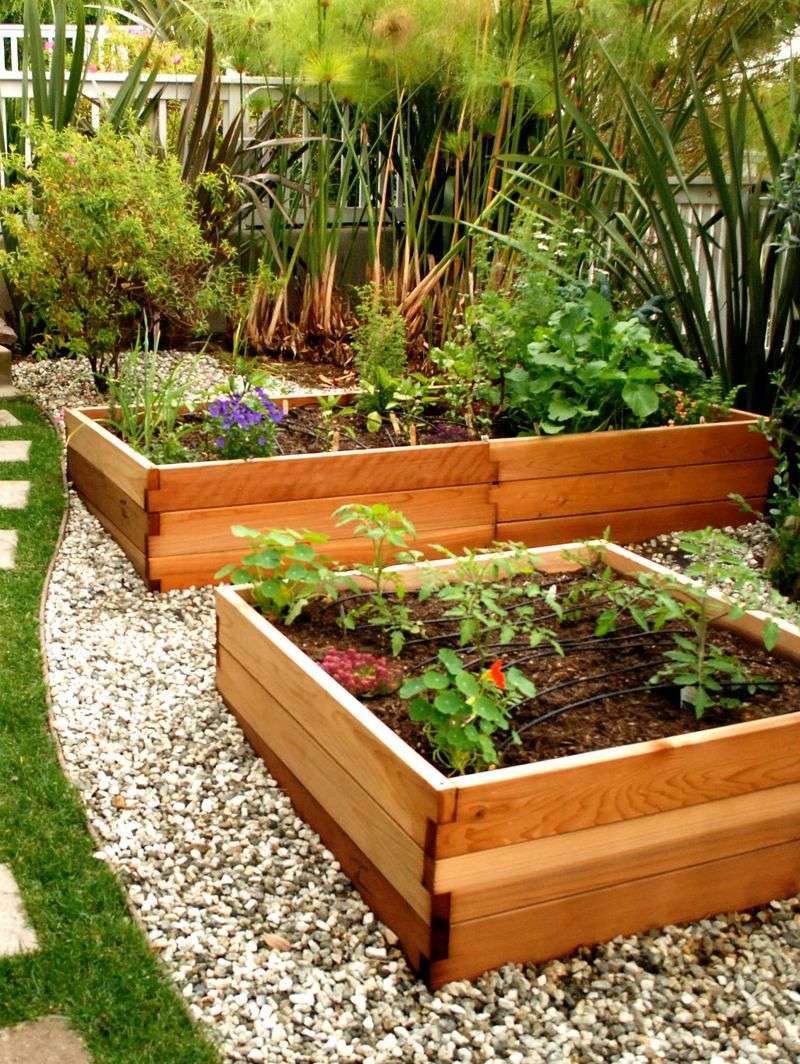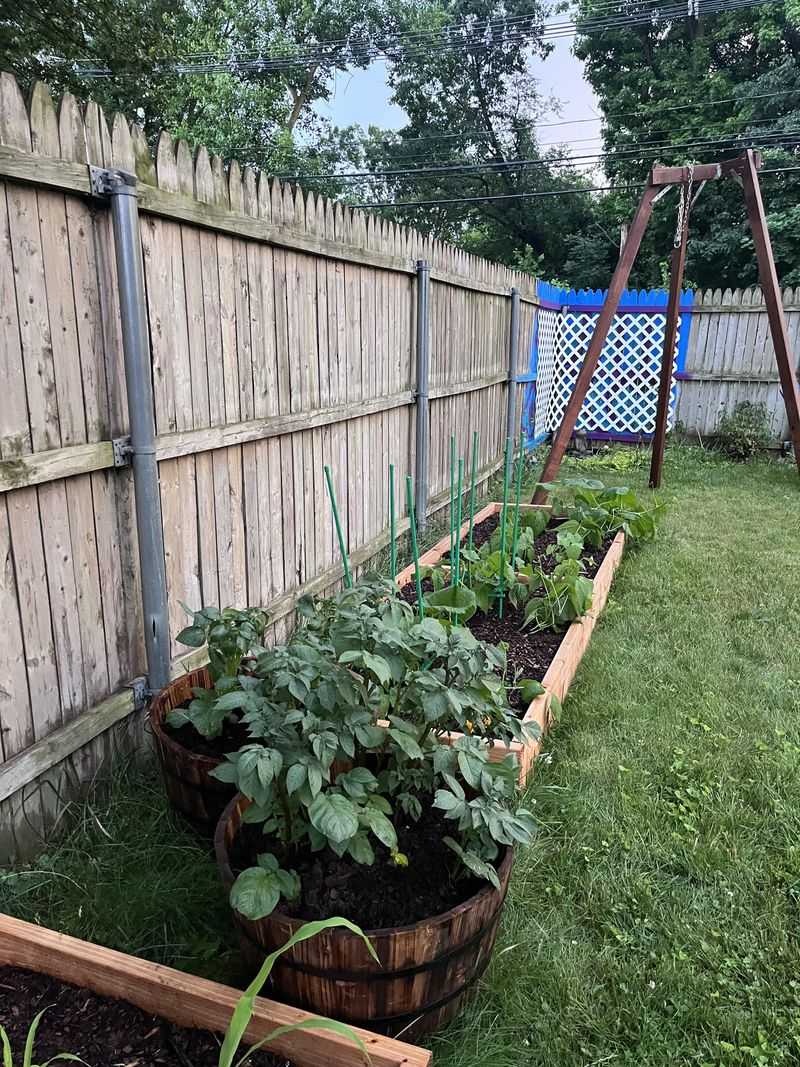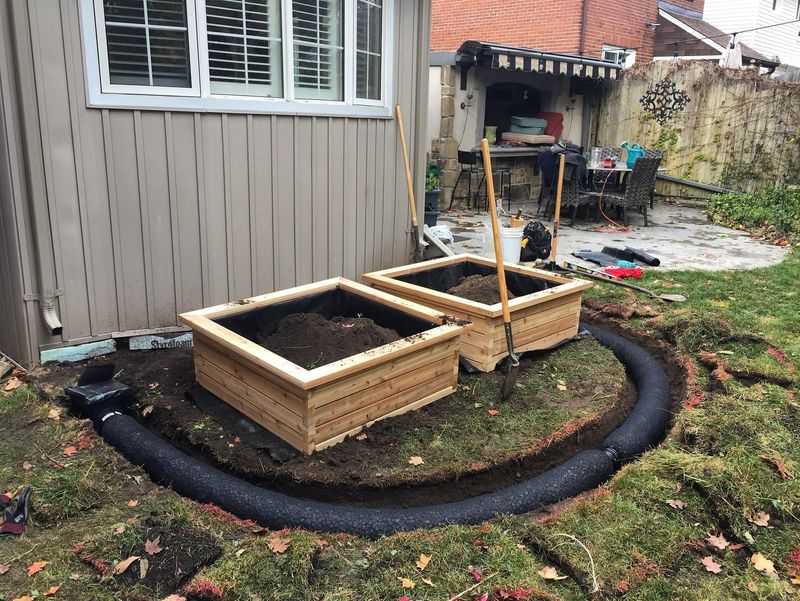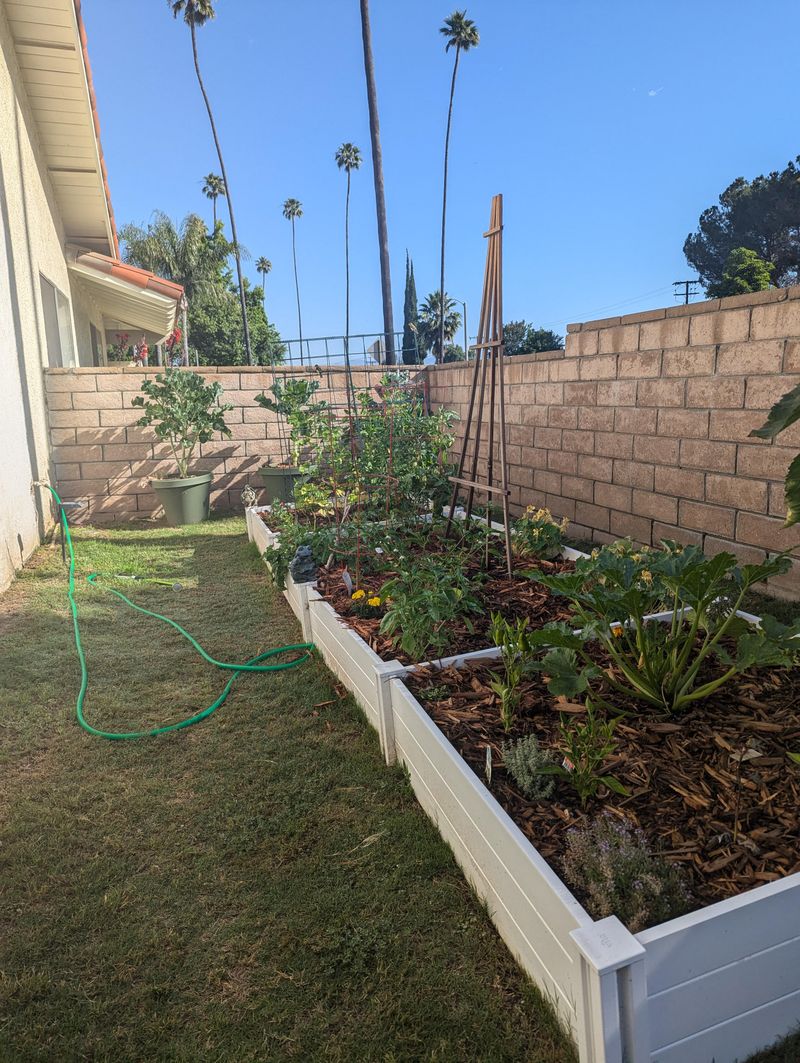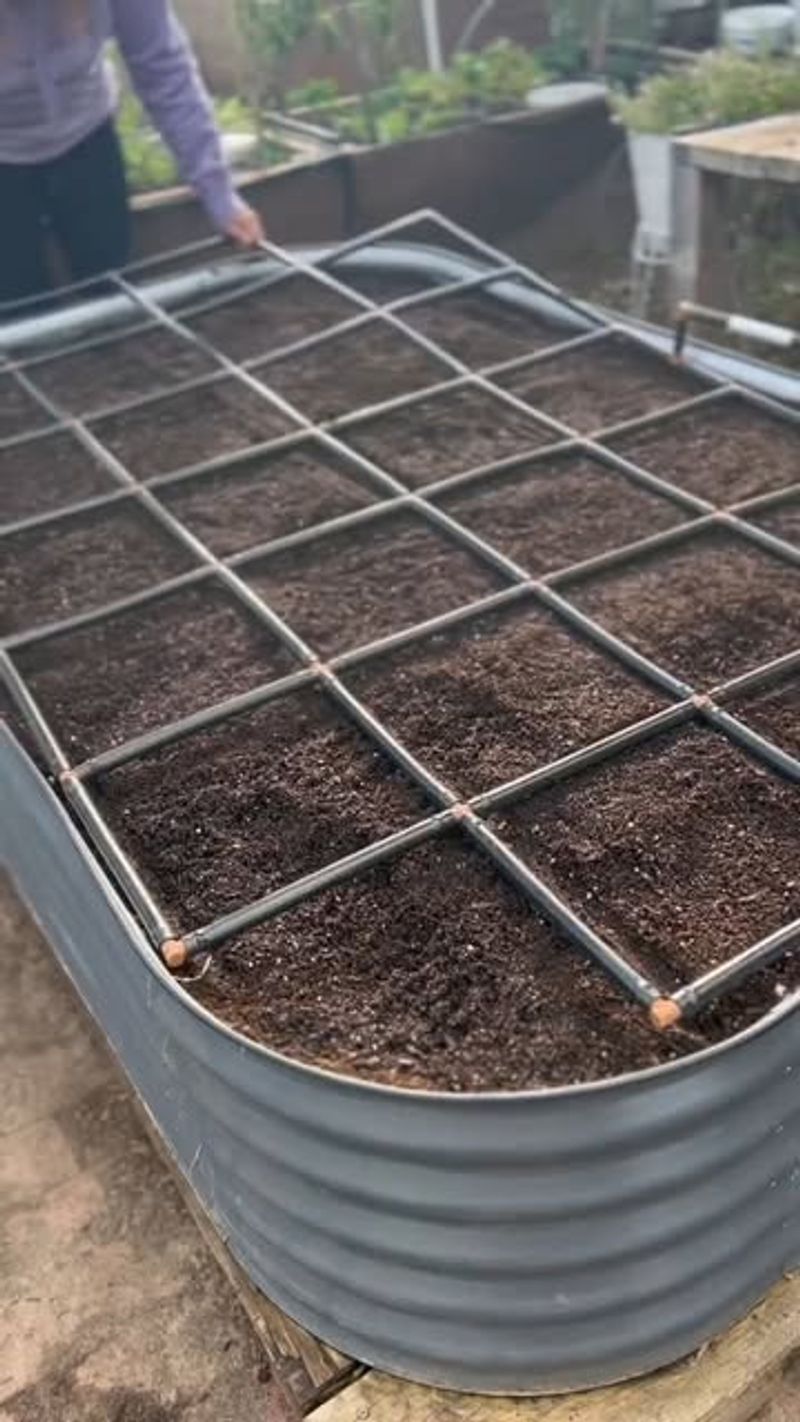Gardening in Missouri comes with its own set of challenges—clay-heavy soil and unpredictable weather can make planting tricky. Raised beds are a smart solution, helping you sidestep poor drainage and compacted ground. But depth matters more than you might think.
Too shallow, and roots won’t have room to grow; too deep, and you risk waterlogging in heavy rains. The right depth depends on what you’re planting—carrots need space to stretch, while herbs prefer a lighter touch. Getting it right sets your garden up for success.
With Missouri’s hot summers and chilly winters, proper bed depth helps plants stay healthy year-round. It’s not just about convenience—it’s about giving your garden the best chance to thrive. A little planning now pays off all season long.
1. Standard Depth Guidelines For Missouri Gardens
Most raised beds in Missouri should be at least 8-12 inches deep for successful growing. This depth accommodates the majority of vegetables while providing adequate drainage during our heavy spring rains.
Clay-heavy Missouri soils benefit from deeper beds that allow roots to spread without hitting compacted ground. For beginners, a 12-inch depth serves as an excellent starting point that balances cost with functionality.
2. Digging Deeper For Root Vegetables
Root vegetables need extra room to develop properly in Missouri gardens. Aim for at least 18-24 inches of depth when planning to grow carrots, parsnips, or potatoes to accommodate their downward growth patterns.
The rocky subsoil common in many Missouri areas makes deeper beds particularly important. Gardeners in the Ozark region might need even deeper beds—up to 30 inches—to compensate for the particularly shallow topsoil found there.
3. Shallow Options For Leafy Greens
Lettuce, spinach, and other leafy greens have shallow root systems that thrive in beds as little as 6-8 inches deep. This makes them perfect for Missouri gardeners just starting with raised beds or working with limited materials.
Even with shallower beds, adding a layer of compost helps retain moisture during dry Missouri summers. Many experienced gardeners in the St. Louis area use these shallow beds specifically for early spring and fall greens to extend the growing season.
4. Herb Gardens Need Less Depth
Many culinary herbs originated in Mediterranean regions with poor, rocky soil, making them adaptable to shallower beds. A 6-10 inch depth works perfectly for most herbs in Missouri’s climate.
Drought-tolerant herbs like thyme and rosemary actually prefer the faster-draining conditions of shallower beds. I’ve found that raised herb gardens in Missouri benefit from being slightly elevated to improve drainage during our humid summers.
5. Tomatoes And Peppers Demand Greater Depth
Fruiting vegetables like tomatoes develop extensive root systems that require deeper soil. In Missouri’s hot summers, a minimum depth of 18 inches helps these plants access moisture even during July and August dry spells.
Deeper beds also provide better stability for these top-heavy plants during our occasional summer storms. My tomato yields dramatically improved when I switched from 12-inch to 18-inch beds, especially during those brutal Missouri heatwaves.
6. Soil Mixing Strategies For Missouri Conditions
Missouri’s native clay soil can be amended with compost and sand to create the perfect raised bed mix. A good rule is 60% topsoil, 30% compost, and 10% perlite or sand for proper drainage regardless of bed depth.
Deeper beds require more soil mix but need less frequent amendments over time. One advantage Missouri gardeners have is access to local composted horse manure from rural areas, which makes excellent organic matter for deeper beds.
7. Adjusting For Missouri’s Climate Zones
Northern Missouri gardeners face colder winters, making deeper beds (14+ inches) beneficial for temperature regulation. The extra soil mass insulates plant roots from freeze-thaw cycles common in this region.
Meanwhile, southern Missouri’s longer growing season and milder winters allow for slightly shallower beds in some cases. However, the increased heat means moisture retention remains important, so don’t go below 10 inches even in the Bootheel region.
8. Budget-Friendly Depth Options
Not everyone can afford deep beds filled with premium soil. A smart compromise is building 8-10 inch beds and using the “lasagna gardening” method popular with Missouri Master Gardeners.
This technique layers cardboard directly on grass, then alternates compost, leaves, and soil. The cardboard breaks down over time, allowing vegetable roots to penetrate into native soil while still providing the drainage benefits of raised gardening.
9. Raised Beds For Missouri’s Perennial Edibles
Asparagus, rhubarb, and strawberries need deeper beds to accommodate their long-lived root systems. For these perennials, aim for at least 18-24 inches of depth to allow proper establishment in Missouri’s growing conditions.
The investment pays off as these plants will produce for years without disturbing the soil. One Missouri gardener I know has maintained the same asparagus bed for over 15 years because she initially built it 24 inches deep, allowing the crowns to establish properly.
10. Dealing With Missouri’s Heavy Rain Patterns
Missouri’s spring downpours can waterlog garden beds if they’re not properly designed. Beds deeper than 12 inches should include a 2-inch drainage layer of gravel at the bottom to prevent root rot during wet periods.
Adding vertical drainage pipes in corners of deeper beds can also help manage excess water. This modification has saved countless Missouri gardens during those April and May storms that can drop several inches of rain in a single day.
11. Accommodating Missouri’s Clay Subsoil
Many Missouri properties have heavy clay just below the topsoil, which creates drainage problems for gardens. Raised beds should be at least 12 inches deep to provide a buffer zone above this clay layer.
For extremely clay-heavy areas, consider digging down 6 inches below ground level before building your raised bed. This method, popular among gardeners in the Missouri River floodplain, creates better drainage while requiring less building material for the sides.
12. Seasonal Considerations For Bed Depth
Missouri’s distinct seasons affect optimal bed depth differently throughout the year. Deeper beds (15+ inches) maintain more stable soil temperatures, extending your growing season by up to three weeks on either end.
Fall gardening, a Missouri tradition for cool-season crops, works better in deeper beds that stay warmer as temperatures drop. I’ve harvested kale well into December from my 18-inch beds near Kansas City, while my neighbor’s shallower beds stopped producing weeks earlier.

